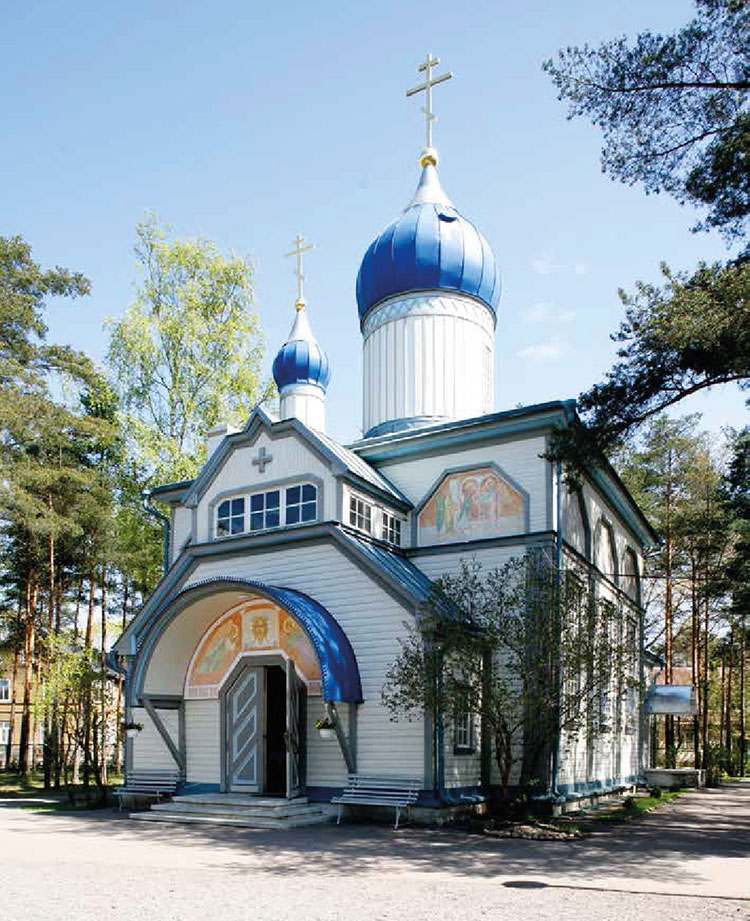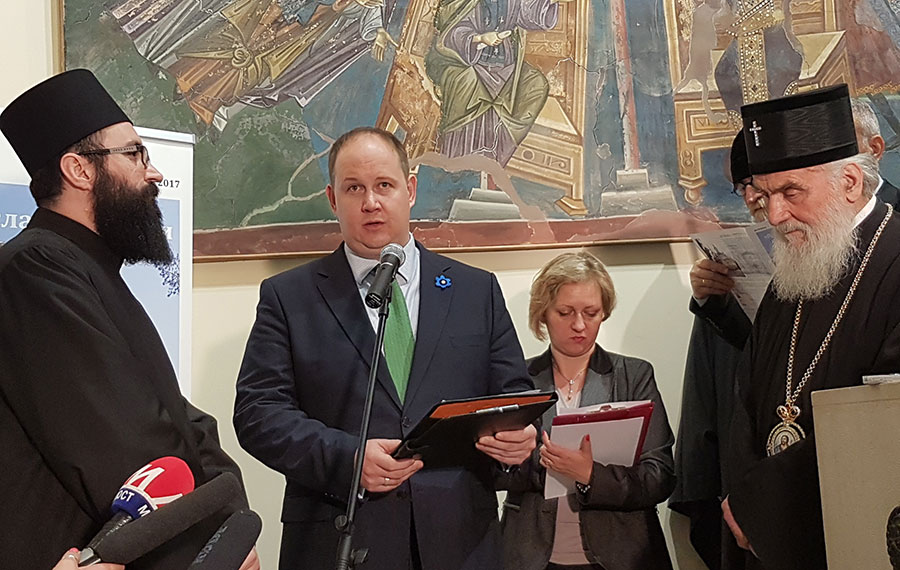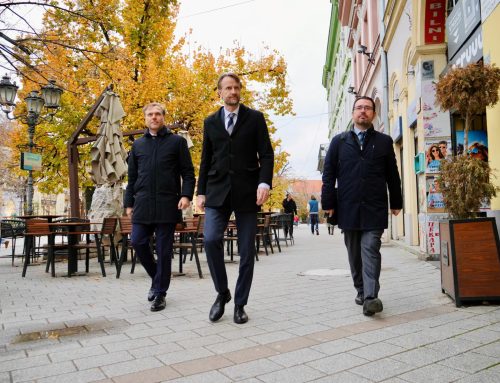Photo exhibition titled “Orthodox churches and chapels in Estonia” was opened today at the Museum of Serbian Orthodox Church. The message of the exhibition is that strong bilateral relations between countries are not formed only through diplomatic and business contacts, but also through cultural and other ties. The exhibition runs through 19 May.
While opening the exhibition, Estonian Ambassador to Serbia (on a non-residential basis) Daniel Schaer said that the day of the opening was dedicated to culture and the development of our cultural ties and added that he hoped the exhibition would shed light on a lesser known part of the history.
“Estonia has rich history of wooden churches and not only when it comes to Orthodox religion,“ said Schaer who opened the exhibition together with the Serbian Patriarch Irinej.
Schaer conveyed regards of the Estonian Foreign Minister Sven Mixer who paid a visit to Serbia yesterday.
 He said that he believed the Orthodoxy first came to Estonia somewhere between 10 and 12 century, whereas the Orthodox congregation was first mentioned in a document dating back to 1030. Schaer added that the Eastern Orthodoxy was the second most numerous confession in Estonia, after the Lutheranism.
He said that he believed the Orthodoxy first came to Estonia somewhere between 10 and 12 century, whereas the Orthodox congregation was first mentioned in a document dating back to 1030. Schaer added that the Eastern Orthodoxy was the second most numerous confession in Estonia, after the Lutheranism.
He said he was happy with the cooperation with the Serbian Orthodox Church.
“This Museum is indeed something special and the works kept here here carry great importance not only for the Church but for the entire country. Photos from Estonia are yet another reason to visit the Museum,“ Schaer said and gave each visitor a book featuring photos of all Estonian monasteries, churches and chapels.
Patriarch Irinej said the exhibition was an opportunity for Estonia to showcase a part of its Orthodox culture and for us to get to know our Estonian friends better.
He added that in Estonia, just as in any other Slavic country, the communism left deep traces as evidenced by the state of certain important religious facilities.
“Indeed, many are being repaired, the new ones are also being erected, but there are many older facilities that have seen better days. We hope that those old sanctuaries would be reconstructed to testify about the rich and important history,” Irinej said.
The exhibition gives us an insight into Estonian culture and a chance to seal our friendship.
“And also to show that our country and the Church are willing to help and open its doors to and host any exhibition showcasing cultural and historic achievements of Estonian people,“ Irinej said.
Dome Orthodox churches can be found in unexpected places in Estonia, reads the exhibition brochure. They are often located far away from the villages and settlements, isolated, invisible from nearby roads. They are typical of those parts of Estonia where the Orthodoxy was a predominant religion which is where they were well maintained and preserved (in the East Estonia).
Also, the exhibition features photographs of a few magnificent, preservered Orthodox churches located in urban areas against the traditional Lutheran backdrop. The exhibition gives an overview of the history of Orthodoxy and orthodox sacral architecture in Estonia.
According to 2000 census, total number of Orthodox Christians above the age of 15 stood at 13.9 percent, whereas the percentage of Lutherans within the same age group stood at 14.8 percent. According to the same census, only 12.9 percent of those who declare themselves as Orthodox Christians were Estonian. According to 2011 census, the same percentage rose to 16.
Authors of the exhibition are Jaanus Plaat and Leele Välja. It was organised by the Museum of Serbian Orthodox Church, the Ministry of Foreign Affairs of Estonia and the Honorary Consulate of Estonia in Belgrade.




